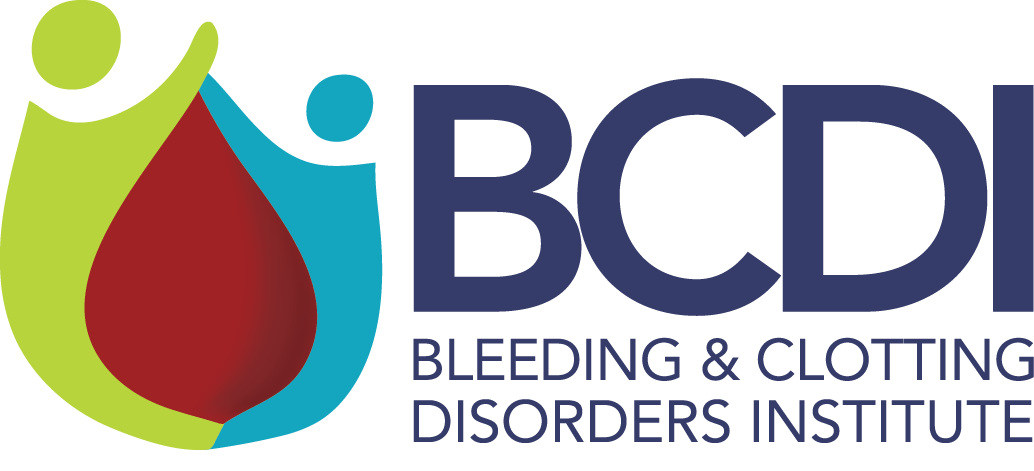Protein C, a vitamin K dependent protein and is synthesized in the liver. It is slowly activated by thrombin to activated protein C (APC). The activation is increased 20,000 fold when protein C complexes with thrombin bound to an endothelial receptor, thrombomodulin. APC inactivates membrane-bound FVa and FVIIIa, thereby down-regulating the coagulation pathway. Protein C deficiency is inherited as an autosomal dominant trait. In studies, the frequency of protein C deficiency ranges from 1.4% to 8.6%.
Types of Protein C Deficiency
Protein C deficiency is divided into two categories.
- Type I deficiency or quantitative deficiency: Levels of both protein C activity and antigen are proportionately decreased
- Type II deficiency or qualitative deficiency: Characterized by a decrease in the activity of the protein with a normal antigenic level, resulting from the production of an abnormally functioning protein from the mutant allele
Homozygous Protein C deficiency usually presents in the neonatal period with purpura fulminans and is associated with severe morbidity, if not death, unless identified and treated. Purpura fulminans in these patients results from microvascular thrombosis with cutaneous and subcutaneous ischemic necrosis. Laboratory testing reveals a severe deficiency (protein C levels of <1% of normal).
Protein C Levels
Protein C levels are dependent on patient age and other associated conditions, with adult levels being reached at late adolescence. Many medical conditions may result in reduced protein C levels, and include liver disease, disseminated intravascular coagulation (DIC), thrombosis, neonatal respiratory distress syndrome (RDS), and preeclampsia.
